How to Remove Rust From Bathroom Fixtures
Rust is a pesky problem that can accumulate on bathroom fixtures and make them look old, worn out, or dirty. Luckily there are ways on how to remove rust from bathroom fixtures, so you don’t have to worry about it any longer. This article will focus on how to remove rust from bathroom fixtures and provide tips for preventing it from happening again. First, you will need to identify the source of the rust. If it is on a faucet, for example, you can try using vinegar or lemon juice to remove it. Soak a clean cloth in either one of these and wrap it around the affected area.
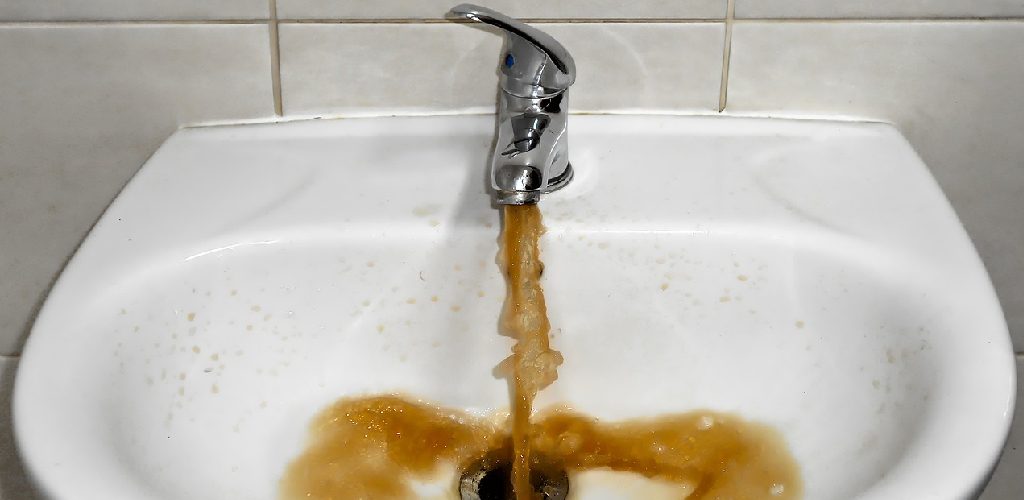
10 Common Reasons That Causes Rust in Bathroom Fixtures
1. Clogged Drain Pipes:
Because bathroom fixtures are so close to the plumbing system, there is always a risk that drains pipes could get clogged. Clogged drain pipes can cause water to back up and overflow into other areas of your bathroom, causing damage, which can eventually lead to rust buildup.
2. Water-Damaged Varnish:
Old, peeling varnishes can allow moisture to seep in. The water damage from this type of issue will cause the undercoat of varnish to decay and rust. If you notice any peeling varnish or other areas with damaged paint, you should take steps to repair the area before it gets worse.
3. Water Damage:
Water damage can also be a common cause of rust buildup. If the pipes in your bathroom are damaged, or you have leaking windows, there is always a risk that moisture will seep into your bathroom and damage various fixtures. As the metal in these fixtures oxidizes, it will eventually form rust. Rust can cause staining and discoloration on your bathroom surfaces, as well as making them more susceptible to further damage.
4. Corrosion:
When using certain cleaning products, you could create corrosive solutions that may cause rust to form on your bathroom fixtures. These corrosive solutions may also damage your bathroom fixtures’ finish. The manufacturer’s instructions on how to clean the bathroom fixture should be followed carefully to prevent rust from forming.
5. Worn Out Washers:
An old washer can be a common reason for leaking faucets, which causes water from the pipes to leak into your walls and cause damage. This type of water damage is often overlooked as a source of rust problems because many people think they are simply dealing with a leaky faucet or chrome cracks. If you have noticed any type of rust damage on your walls or flooring, the best thing to do is call a professional right away. A professional will be able to assess the situation and give you an estimate for the cost of repair.
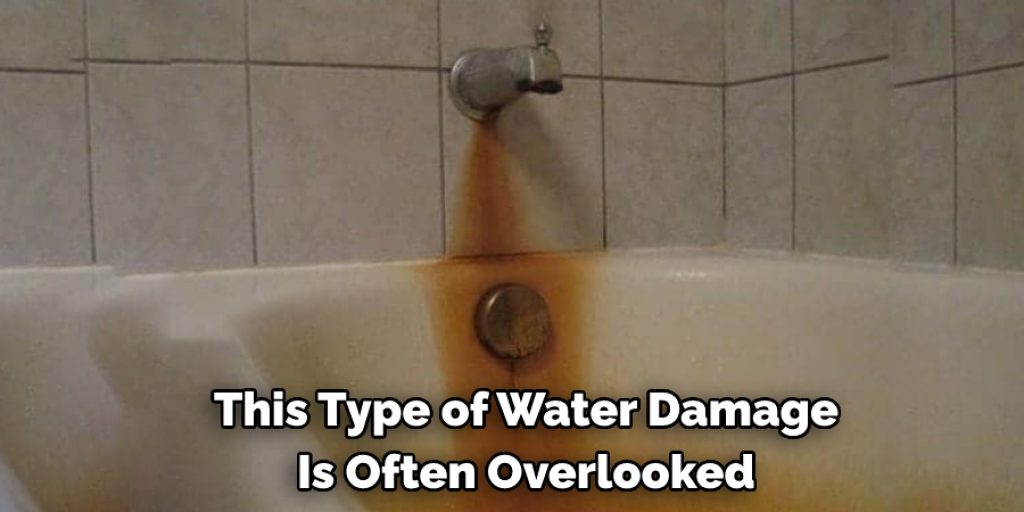
6. Low Water Pressure:
If you notice that your water pressure is low in the bathroom, it may be an indication that there are cracks or holes in your pipes. A weak flow of water will cause damage to your plumbing system and rust on your chrome fixtures if moisture begins to form inside your pipes. While these are two different types of problems, they can both be addressed quickly and efficiently by calling a professional plumbing company.
7. Aluminum in Water:
Many homes have an aluminum pipe system that carries soapy water inside. Over time, the more acidic water that flows through these pipes can oxidize chrome surfaces and cause chrome rust to develop on your fixtures.
8. Extreme Temperatures:
Bathrooms are one of the most humid rooms in your home because they are constantly exposed to moisture and air. This high level of humidity can cause rust buildup on bathroom fixtures over time.
9. Chemical Reactions:
If you have a constantly running toilet, there is always a risk that dangerous chemical reaction in the plumbing system could cause rust to form as the natural acidic nature.
10. Low Iron Levels:
Low iron levels can also be a common reason why rust buildup occurs. If your skin is exposed to low iron levels, it can lead to excessive blood loss and cause you to feel weak or tired. This type of issue will eventually deplete your body of iron, and you could become vulnerable to anemia.
Step by Step Guide: How to Remove Rust From Bathroom Fixtures
Step 1:
Clean off as much of the rust as possible using steel wool or a wire brush. This step will help you get rid of any loose, flaky rust before trying to remove it completely.
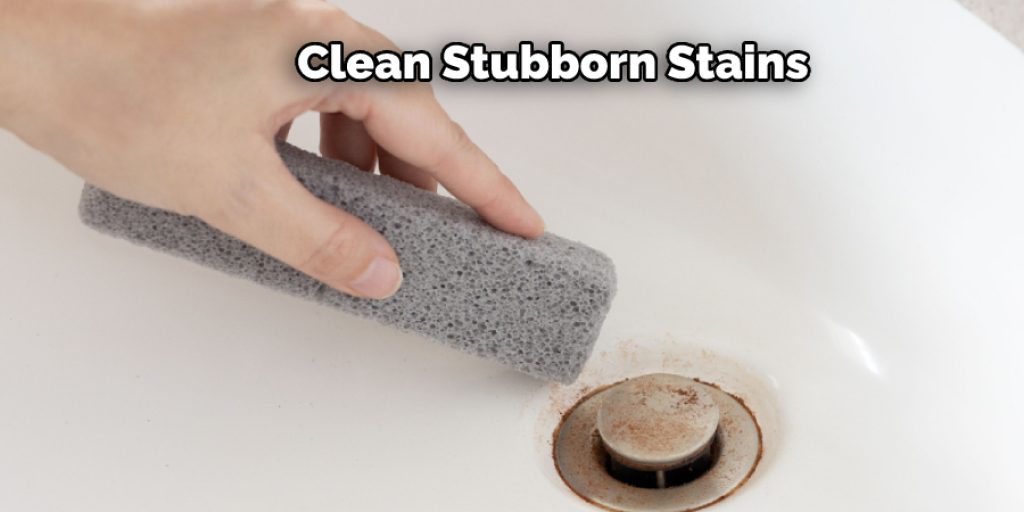
Step 2:
Invest in an anti-rust solution that contains phosphoric acid and apply it to the rusted area. Make sure that you apply the solvent evenly to the rusted area so that it is properly covered.
Step 3:
Let your solution completely dry on your fixtures, and then wash it off with cold water. You should notice that most of the rust will be gone after this step is complete.
Step 4:
If you still notice rust on your fixtures, apply a second coat using the dry microfiber cloth samewtih the same process as step two. Again, be sure to let your solution completely dry before washing it off with cold water.
Step 5:
Once you use this method, try to prevent any future rust from forming by drying off all excess water from your faucets after each use.
Step 6:
If you notice that the stubborn stains is back within a week of removing it with clean water, then there may be other factors at play that are causing the rust to form. Investigate what might be causing this issue and resolve the problem before applying more anti-rust penetrating products to your fixtures.
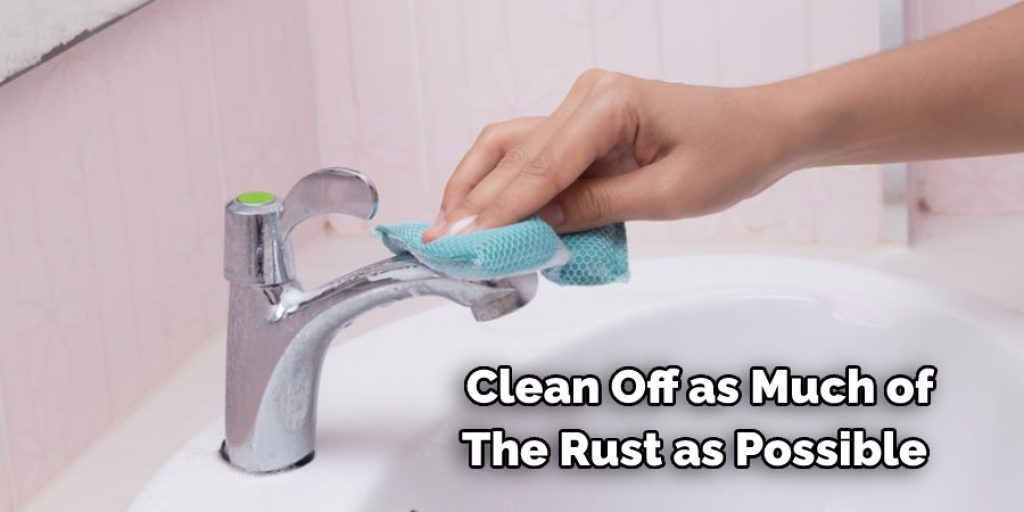
Step 7:
If you are constantly dealing with rust in your bathroom, it might indicate a larger plumbing issue that needs to be addressed. For example, a poor piping system could cause leaks or cracks, which may lead to damage and rust on your fixtures over time. If this is the case, you may want to contact a plumber to inspect your pipes and make any necessary repairs.
Some Tips To Prevent Rust from Forming on Fixtures
1. Store Toilet Bowl Cleaners Properly:
It may be tempting to store toilet bowl cleaners underneath the bathroom sink. However, if the cleaners are stored near a hot water solution or heating system, it may rust on the toilet bowl.
2. Do Not Store Cleaning Products in Bathroom Fixtures:
If you’re like most homeowners with busy lives, you probably don’t have a lot of time on your hands to clean your bathroom fixtures regularly. However, if you do not properly care for them, rust may form on the surfaces and make it that much harder to clean later.
3. Quickly Clean-Up Spills:
If you notice a spill on your bathroom fixtures, wipe couple of water spots as quickly as possible. Allowing spills to sit around and accumulate for long periods of time will only increase the chances of dark water stains and that rust from chrome formations will occur later.
4. Use Vinegar to Remove Rust:
If you have rust in your chrome bathroom fixture, you’re in luck. You don’t need to buy an expensive cleaning product or water deposits from the local hardware store and do all of the work yourself. Instead, you can use common household products like white vinegar and some bowl of water. Cut a portion of white vinegar into small pieces, place it on top of the rust formation and leave it for about 30 minutes on the bathroom surface or so before removing.
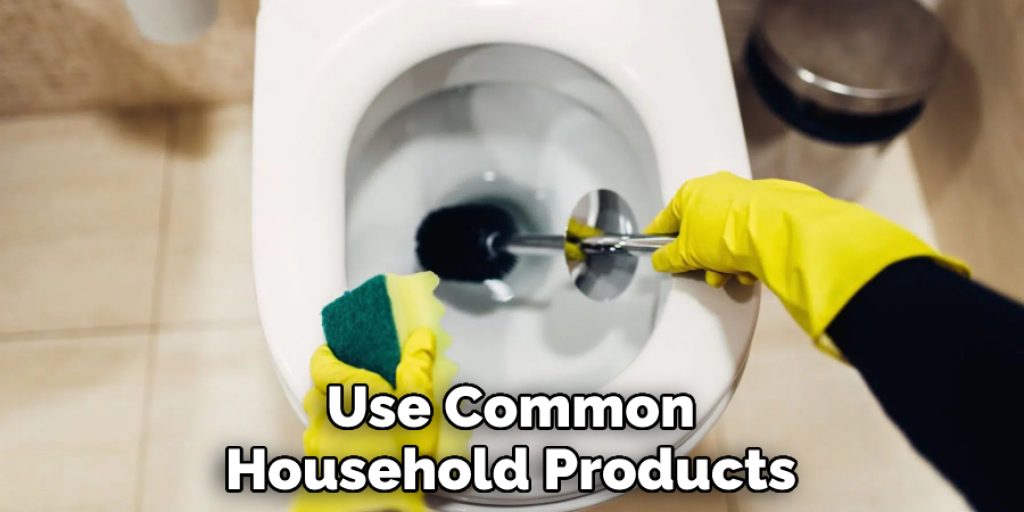
5. Take a Close Look at your Fixtures:
You may need to take a closer look at your bathroom fixtures. If you do not have them cleaned regularly, they will begin to rust over time.
6. Use a Glass Cleaner:
If you enjoy relaxing in the bathtub or shower and looking out of your window, remove the dirt and grime from the glass by using a glass cleaning commercial product and water solution. This will allow you to enjoy your view without worrying about rust forming on it at any time.
7. Check All of Your Fixtures Regularly:
You may end up being very frustrated if you don’t check all of your bathroom fixtures regularly for signs of rust formation. Instead, you’ll be able to take action and clean them before they get any worse.
Common Mistakes You Need To Avoid When Removing Rust
When you’re removing rust, there are several common mistakes that can be easily avoided. You’ll want to avoid these common mistakes to save yourself time and energy. The tips below will help you avoid common errors when removing rust from your bathroom fixtures.
1.Using the Wrong Kind of Rust Remover:
Using a rust remover that is not designed for use on metal wool can cause problems because it’s going to eat away at the surface of your fixtures. Using the wrong kind of rust remover can also cause damage to any new paint you put on afterward, so it’s important not to use anything that is not designed for metallic faucet finishes.
2.Not Wiping Away All of the Rust Remover:
You should make sure that you wipe away all of the rust removers with clean microfiber cloth. If you don’t, it will continue to eat away at the clean metal surface and cause damage.
3.Ignoring Safety Precautions:
Make sure that you’re wearing safety goggles and gloves when removing rust from bathroom fixtures. If you don’t wear gloves, you could end up with rust stains on your hands that are very difficult to remove. Also, you don’t want to rub any kind of rust remover into your eyes and so always use eye protection when removing rust from bathroom fixtures.
4. Not Cleaning the Fixtures Thoroughly:
Make sure that you get all of the rust removers off before moving on to any kind of new surface. If you don’t clean it well, it can create small holes in your metal or taint your new finish.
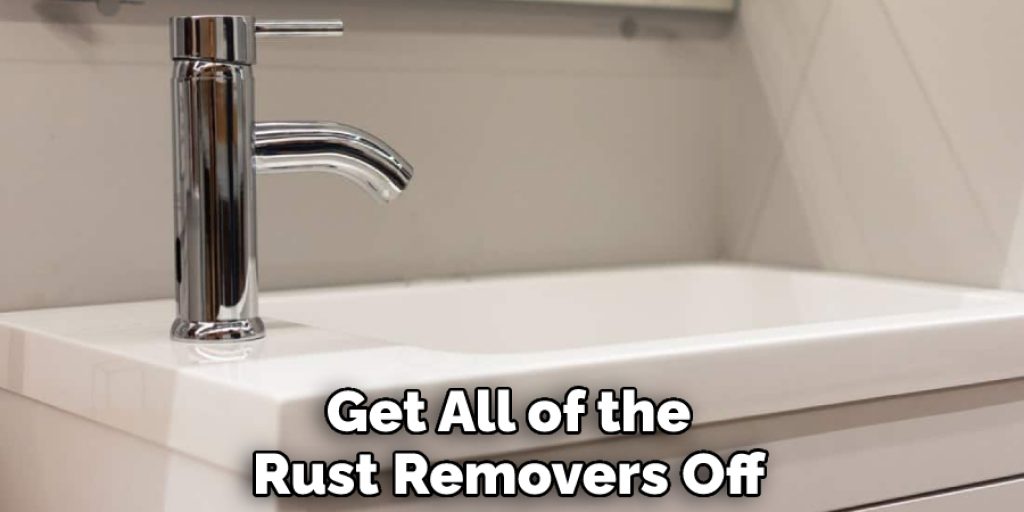
5.Using a Wire Brush:
Using a wire brush will cause tiny little scratches on the surface of your fixtures that may not be visible but will allow rust to start forming again. Therefore, if you want your fixtures to look their best, you will need to avoid using a wire brush when removing rust from bathroom fixtures.
6.Forgetting About the Underlying Problem:
You should make sure that whatever caused the rust in your faucets and plumbing is fixed before you start removing rust. If the underlying problem isn’t fixed, it’s likely that your fixtures will continue to rust over time.
7.Skipping the Primer:
When you’re removing rust from bathroom fixtures, make sure that they are sanded down and primed before you apply any kind of paint so that every little bit of the rust is removed.
8.Not Sealing the Fixtures:
If you seal your fixtures properly, they will last longer, and it will be much harder for new rust to start growing. So if you’re removing rust from bathroom fixtures, make sure that you take extra time to get a good solid coat of sealant on them before you put them back.
Final Thoughts:
In this blog post, we have covered a number of rust removal techniques that will help you get the job done quickly and efficiently, after following the steps outlined in this post on how to remove rust from bathroom fixtures. You should be able to remove rust from your bathroom fixtures quickly and easily.
You can also use these same techniques on other types of metal items that are rusty or corroded. Just remember to work patiently but with determination so that all traces of corrosion will disappear before they have a chance to do any damage!




